While many supercars have captured global attention, some incredible American machines have flown under the radar. These overlooked supercars boast impressive performance and innovative designs, deserving recognition alongside their more famous counterparts.
Vector W8
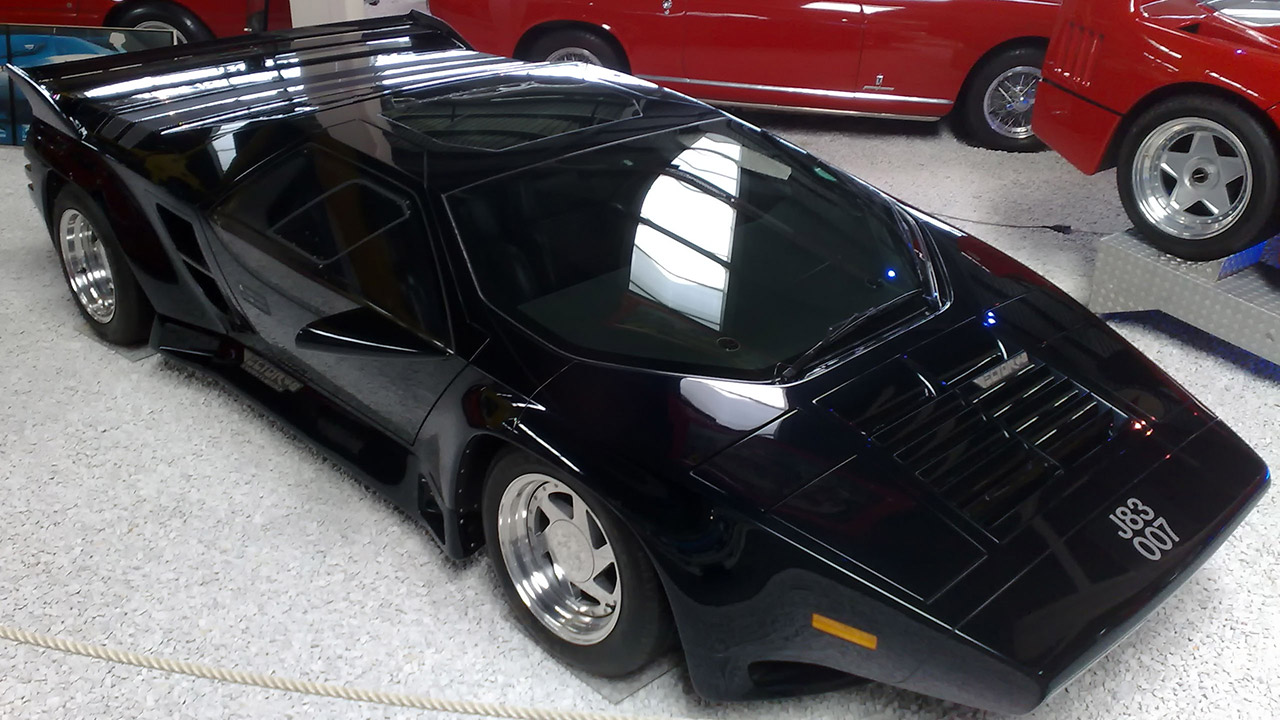
The Vector W8, produced between 1989 and 1993, was a marvel of engineering and design from California-based Vector Motors. Powered by a twin-turbocharged V8 engine, it could achieve speeds of over 200 mph, making it one of the fastest cars of its time. The W8’s aerospace-inspired design and high-tech interior set it apart from anything else on the road.
Despite its groundbreaking achievements, the Vector W8 struggled to gain mainstream acceptance, primarily due to its high price tag and limited production run of just 19 units. However, for those who value innovation and rarity, the W8 remains a compelling piece of automotive history.
Saleen S7

Introduced in 2000, the Saleen S7 quickly established itself as a formidable contender in the supercar arena. With a 7.0-liter naturally aspirated V8 engine producing 550 horsepower, the S7 was capable of reaching 0-60 mph in under 3.3 seconds. This supercar’s aerodynamic design was both aggressive and functional, providing exceptional handling at high speeds.
Although Saleen is a well-known name in the automotive world, the S7 did not achieve the same iconic status as other supercars of its era. Its limited production numbers and niche market focus contributed to its relative obscurity, yet it remains a testament to American engineering prowess.
Mosler MT900
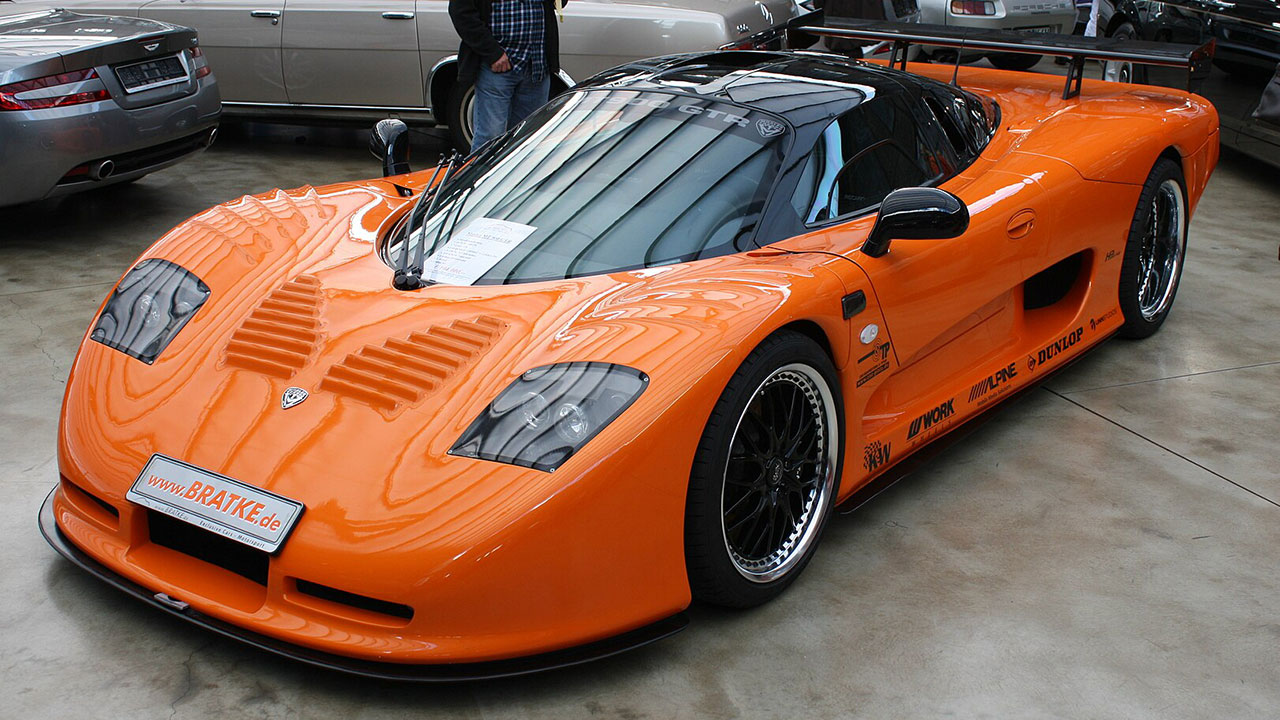
The Mosler MT900, first introduced in 2001, was a supercar that combined lightweight construction with impressive power. The MT900’s carbon-fiber chassis and Corvette-sourced engine allowed it to achieve remarkable performance levels, including a top speed of over 180 mph and a 0-60 time of around 3.5 seconds.
Despite its potential, the MT900 never reached widespread popularity, partially due to Mosler’s small-scale production capabilities. Nevertheless, the MT900’s innovative use of materials and design philosophy make it a notable mention in the world of American supercars.
Panoz Esperante GTR-1
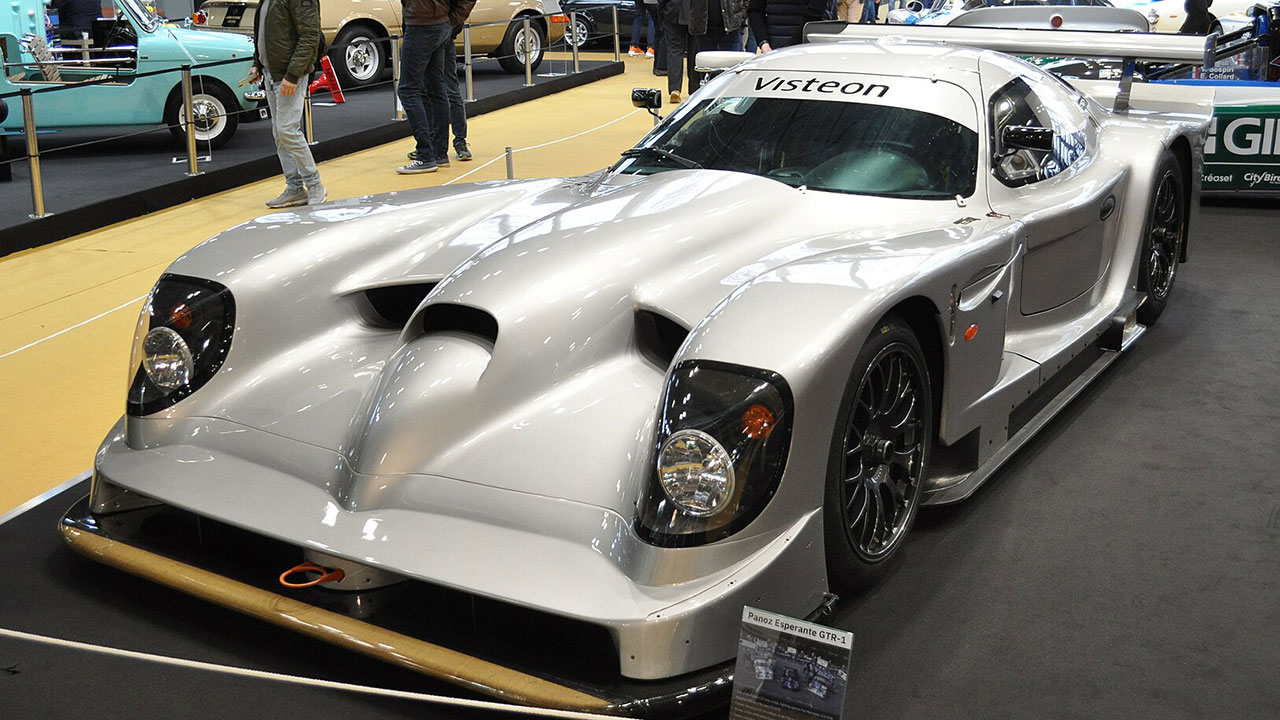
The Panoz Esperante GTR-1, launched in 1997, was a strikingly unique supercar with a distinctive front-engined layout. Powered by a 6.0-liter V8 engine, the GTR-1 was developed to compete in endurance racing but also saw limited production as a road-going car. Its unconventional design and racing pedigree gave it an edge in performance and uniqueness.
While Panoz may not be a household name, the Esperante GTR-1 demonstrated the company’s dedication to pushing boundaries and exploring new ideas in automotive design. Its rarity and racing success contribute to its status as an overlooked gem in the supercar world.
SSC Ultimate Aero
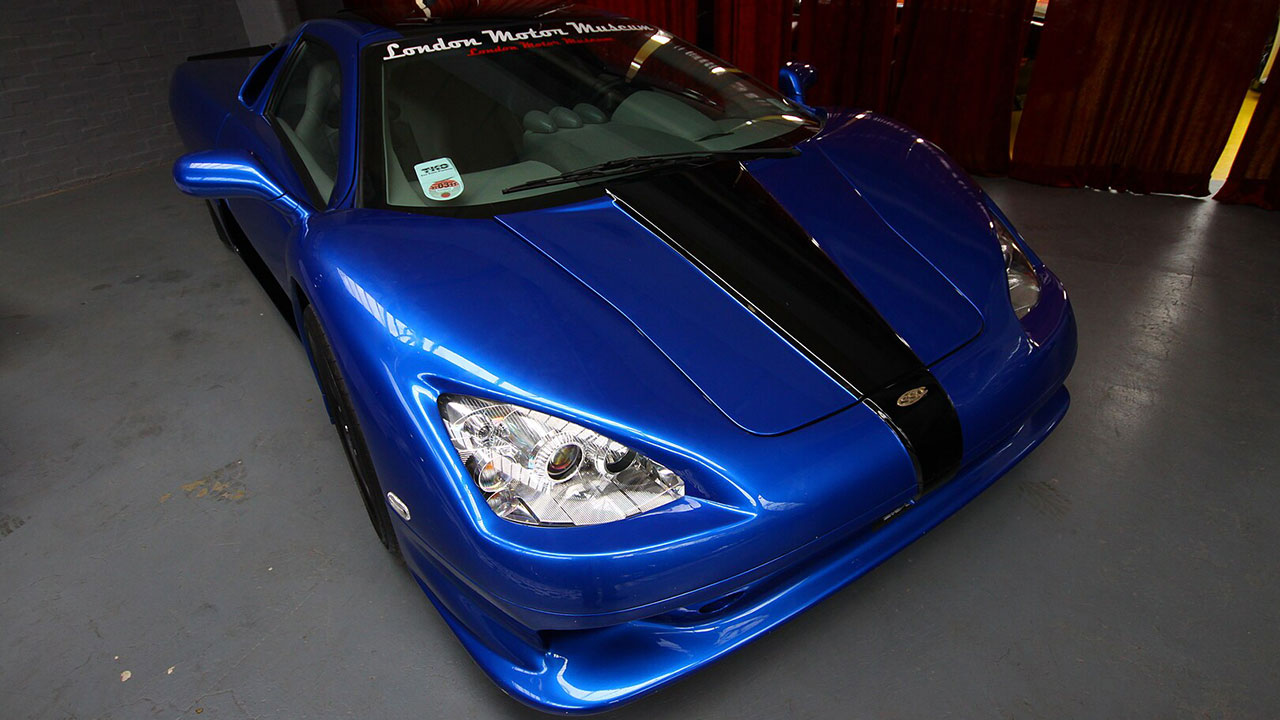
Produced by Shelby SuperCars (SSC), the Ultimate Aero gained attention in 2007 when it was recognized as the world’s fastest production car, achieving a top speed of 256 mph. With a twin-turbocharged V8 engine producing 1,183 horsepower, the Ultimate Aero was a testament to the potential of American engineering.
Despite its record-breaking performance, the Ultimate Aero often finds itself overshadowed by more mainstream supercar brands. Its minimalist design and limited production numbers mean it remains an exclusive vehicle, revered by those in the know.
Hennessey Venom GT
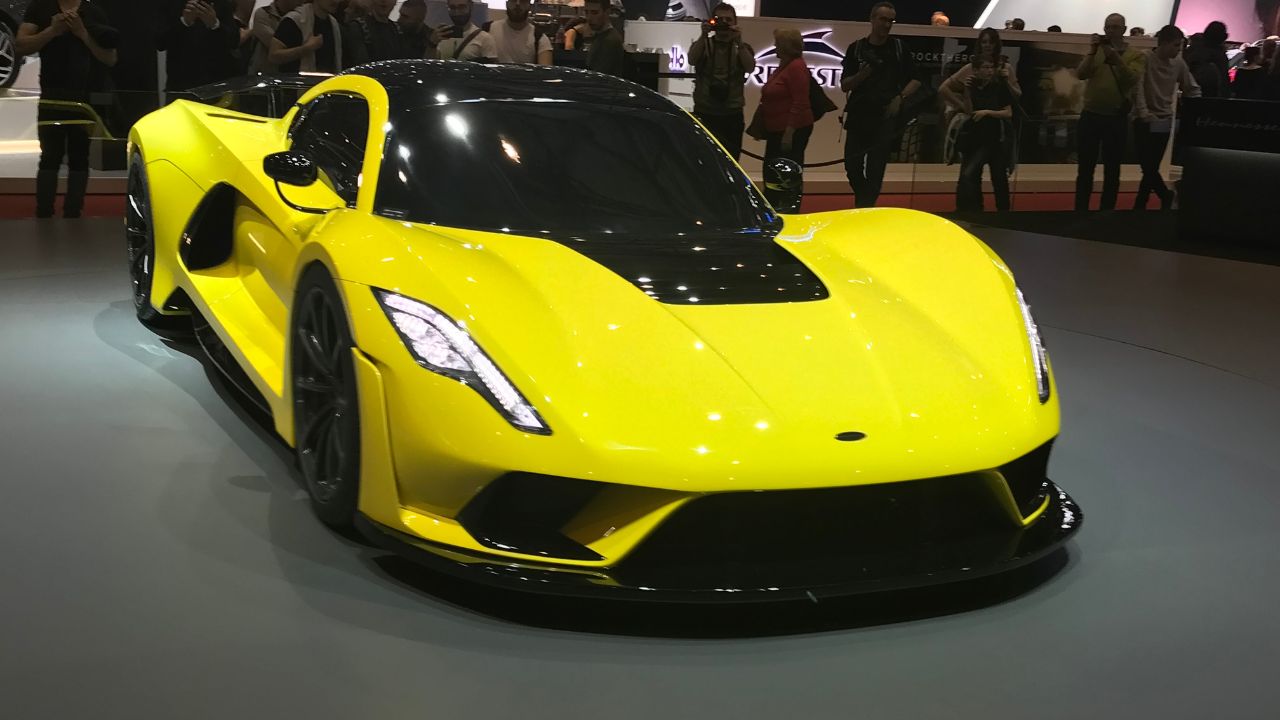
The Hennessey Venom GT, introduced in 2011, is a powerhouse of speed and performance. Utilizing a modified Lotus Elise chassis and a 7.0-liter twin-turbocharged V8 engine, the Venom GT is capable of exceeding speeds of 270 mph. Its performance achievements include a Guinness World Record for the fastest 0-300 km/h acceleration time.
Despite these accolades, the Venom GT’s limited production and high price have kept it somewhat under the radar. However, its achievements in speed and engineering excellence ensure its place among the greats in American supercar history.
Like Fast Lane Only’s content? Be sure to follow us.
Here’s more from us:
*Created with AI assistance and editor review.

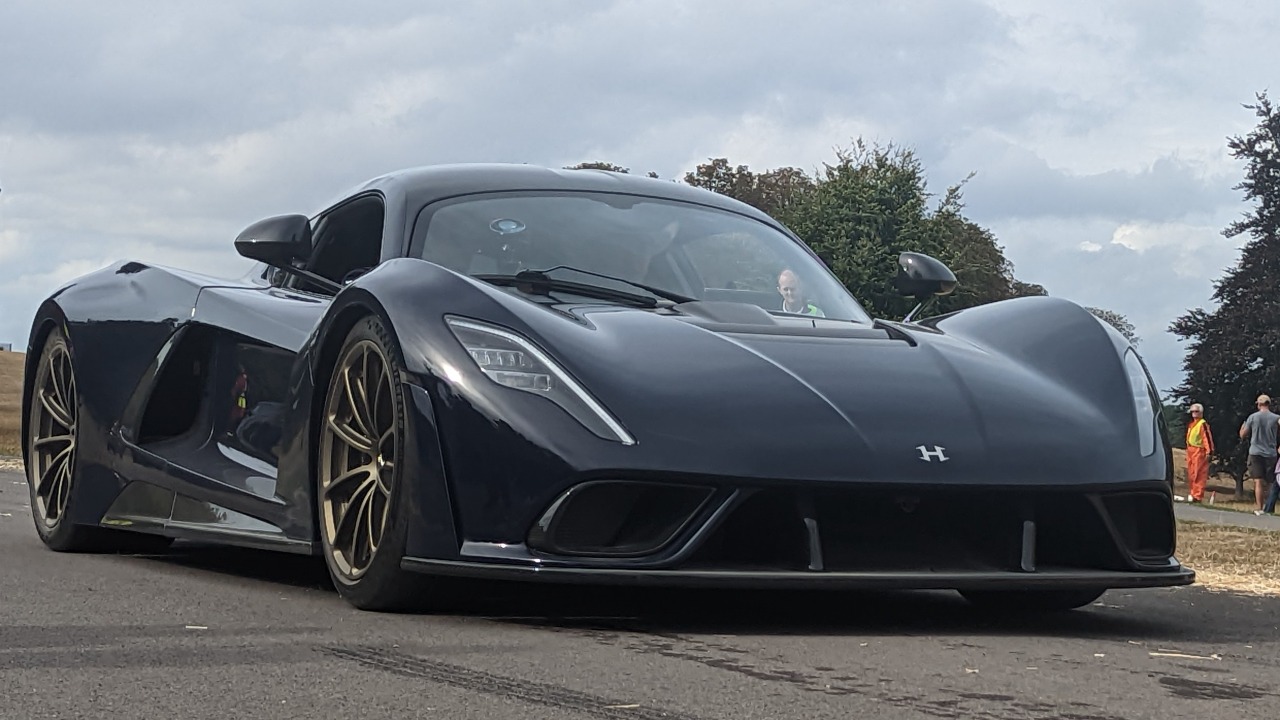
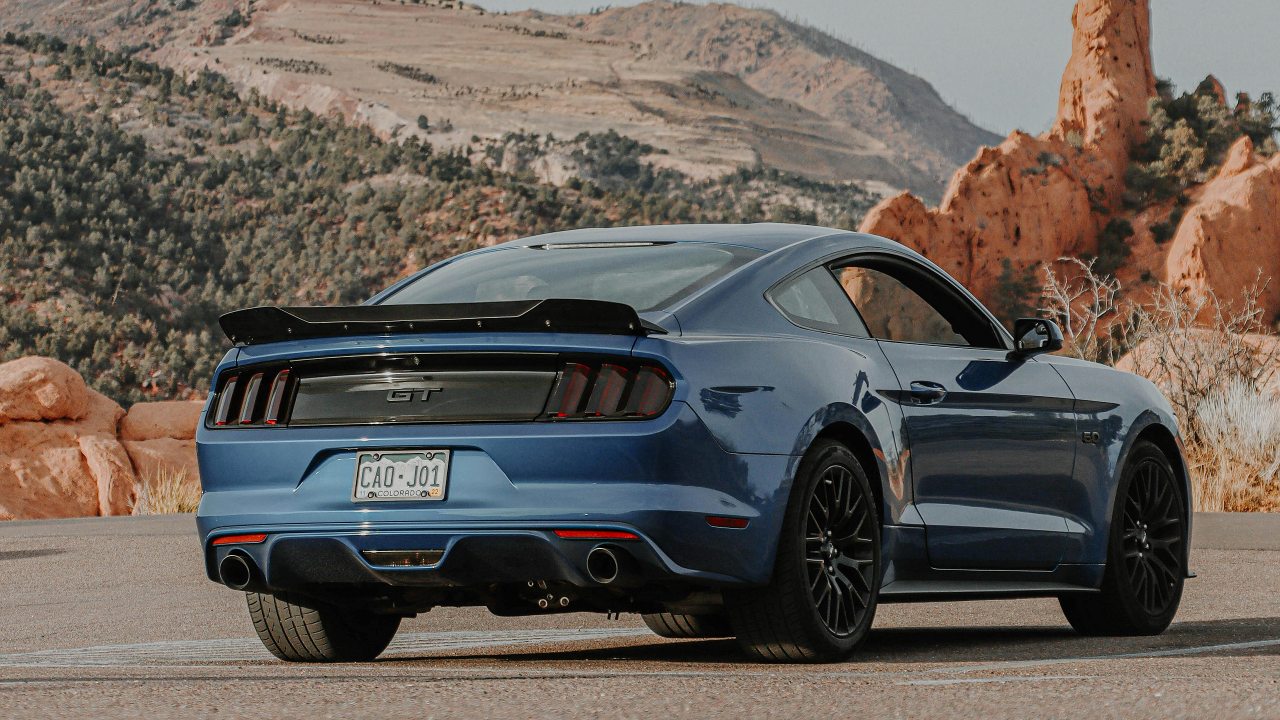
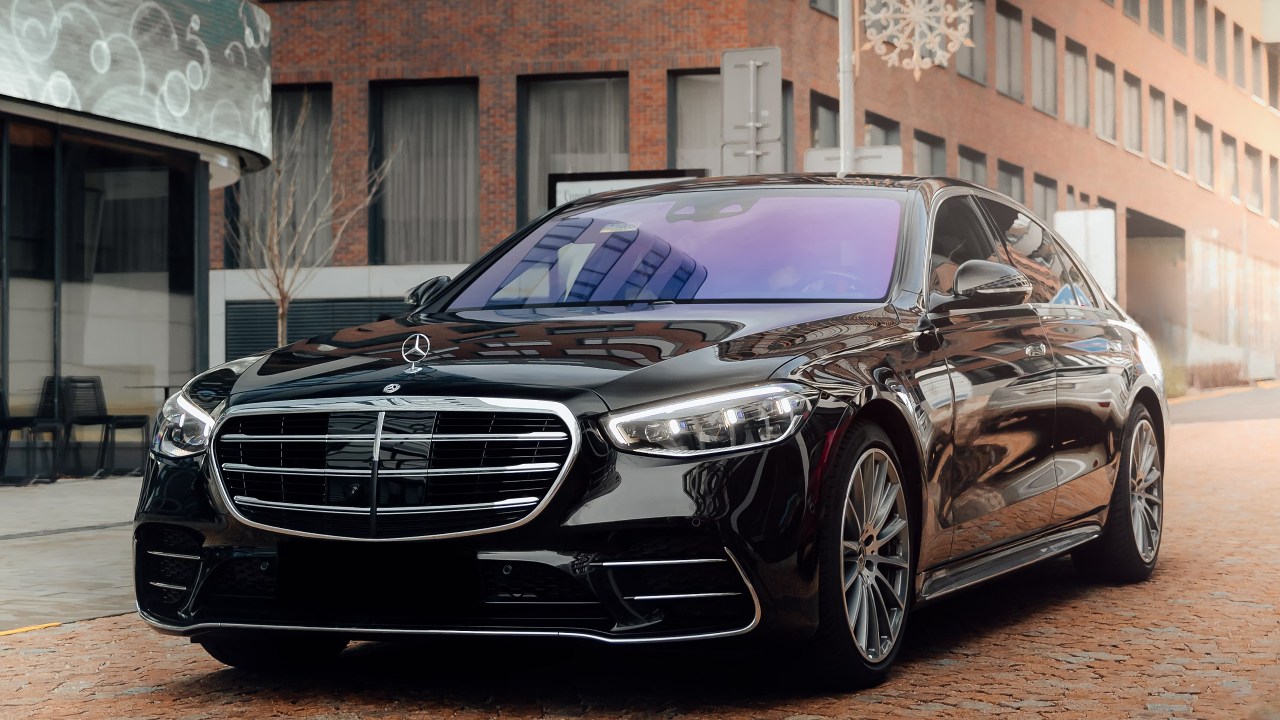
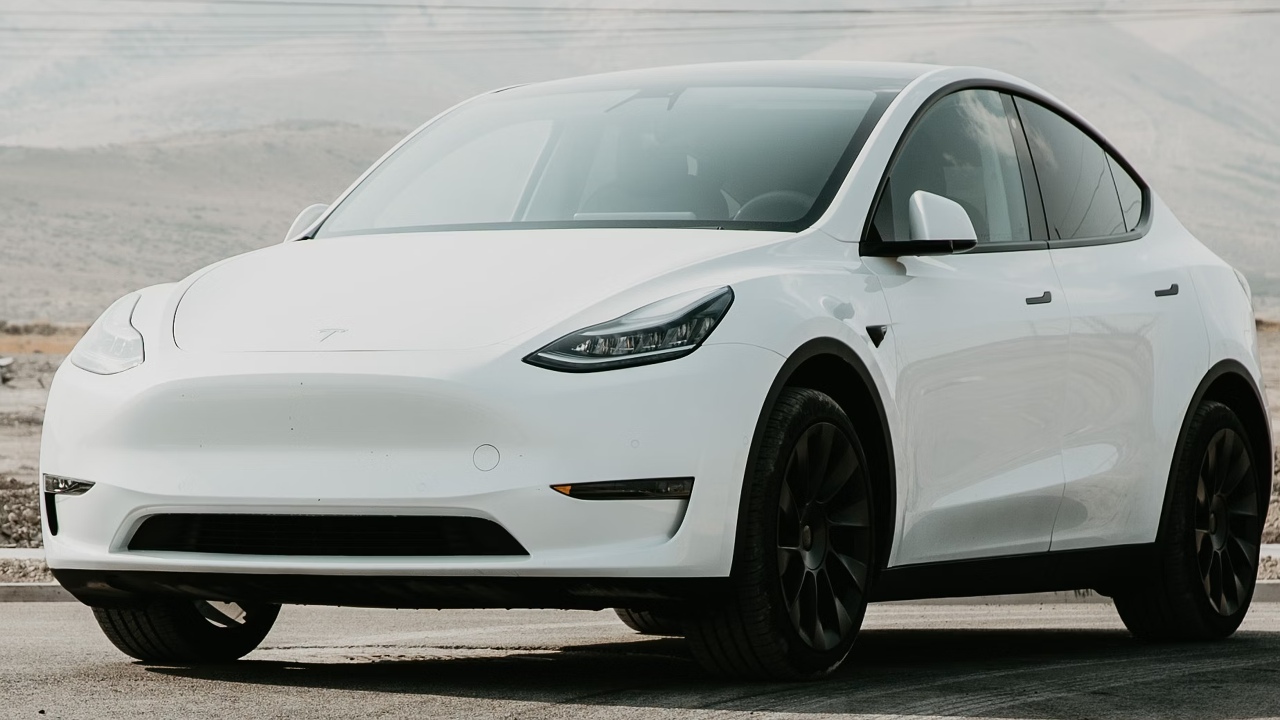
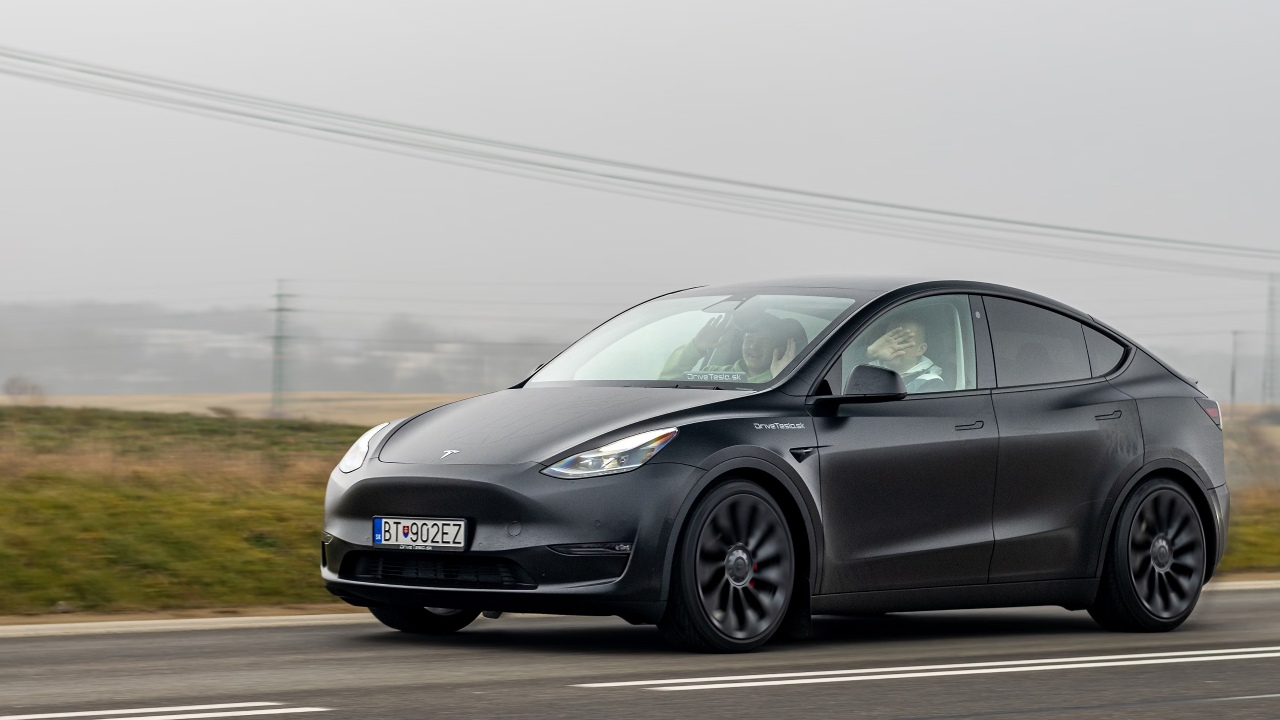
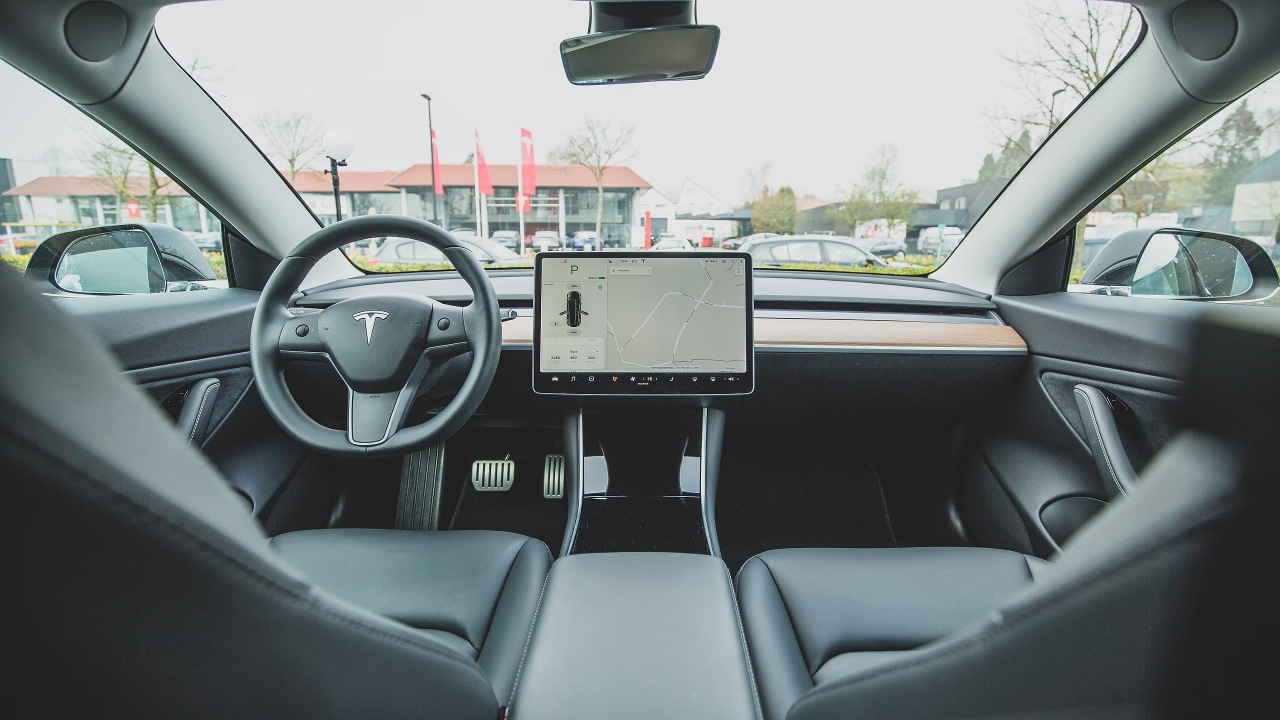
Leave a Reply